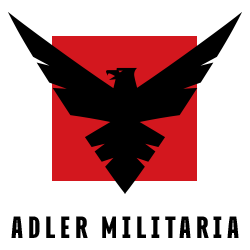Showing 64–72 of 219 resultsSorted by latest
-

-

WWII German Medal 20. Deutsches Bundes-Schiessen – Leipzig – 1934 – Free Shipping
$205.00WWII German Medal 20. Deutsches Bundes-Schiessen – Leipzig – 1934 – Free Shipping
-

WWII German Nationalsozialistische Volkswohlfahrt (NSV) Membership Stick Pin RZM 79 Paulmann & Crone – Free Shipping
$55.00Marked RZM 78 – maker Paulmann & Crone
-

-

-

-

WWII German Early Model SS / SA M1929 Cloth Cap Eagle – Free Shipping!
$155.00Seems to be an early model cloth cap eagle.
-

-

WWII German Veterans Armband Badge – NS Version – Deutscher Reichskriegerbund Kyffhäuser (DRKB)
$65.00Deutscher NS Reichskriegerbund Kyffhäuser (DRKB) Armband Badge, this version with NS in the text seems to be a rarer version.




